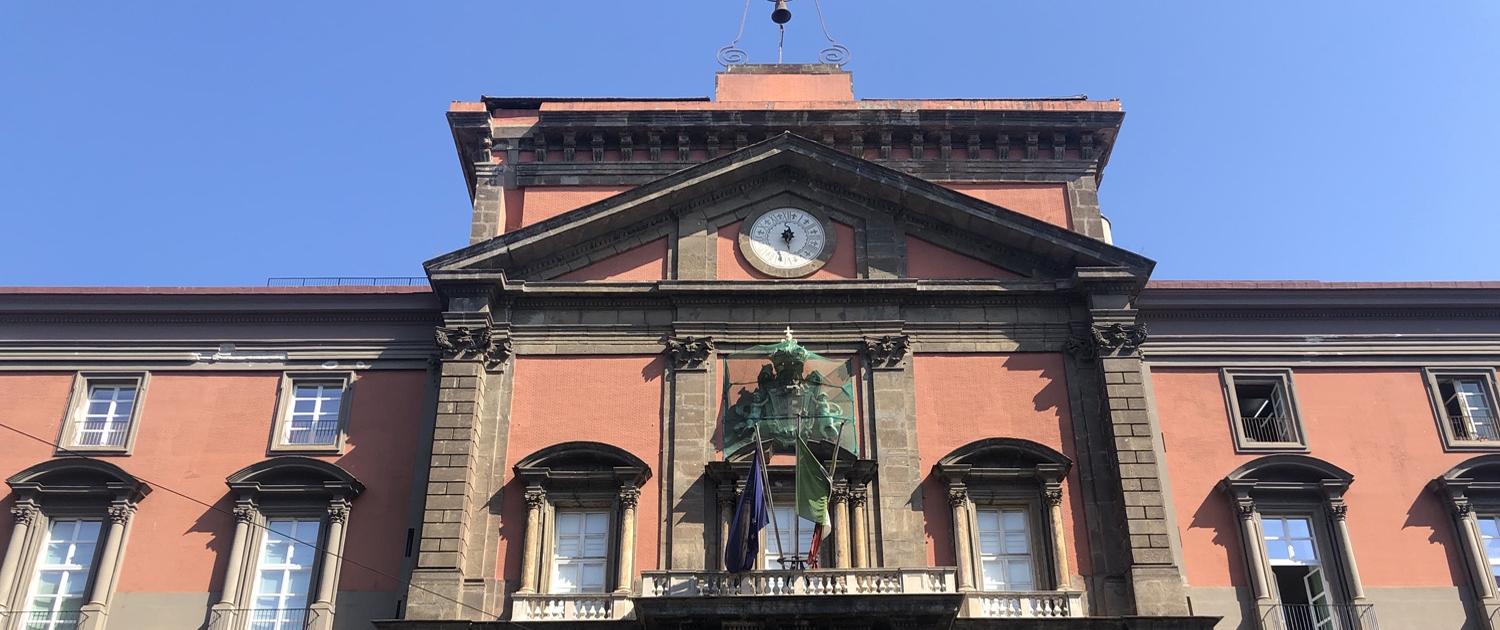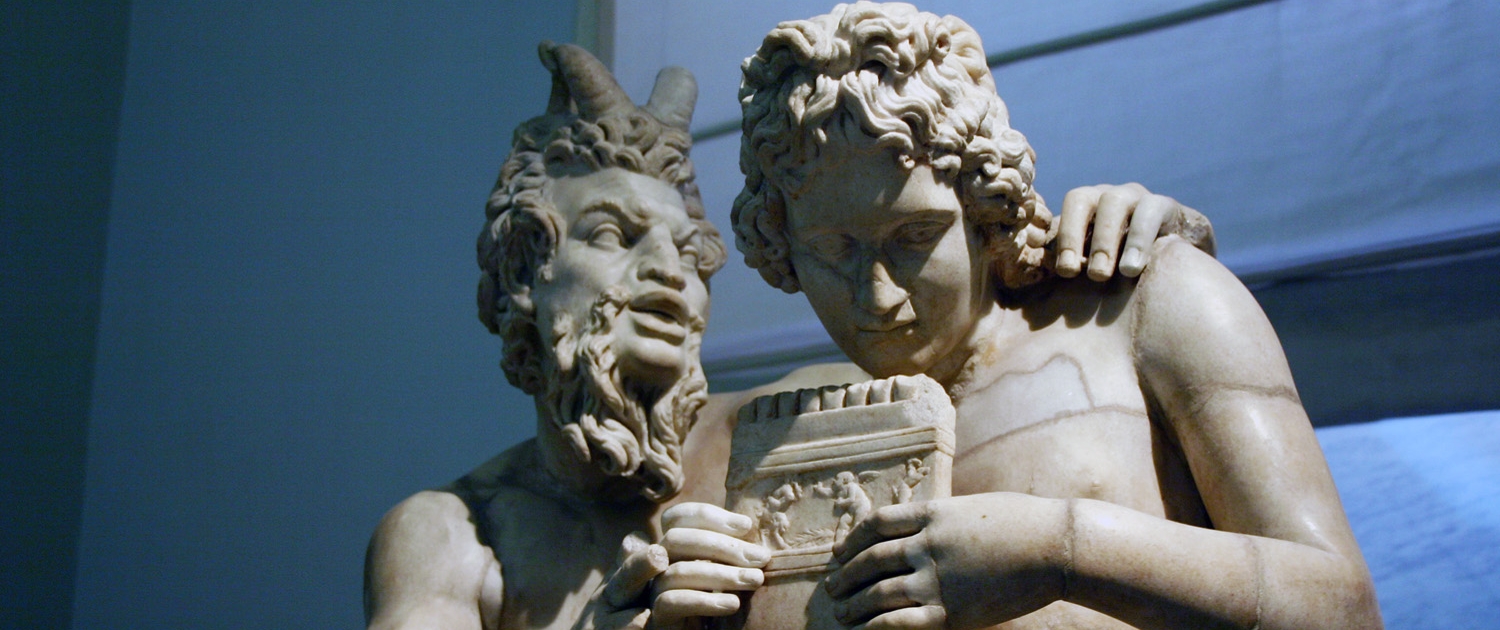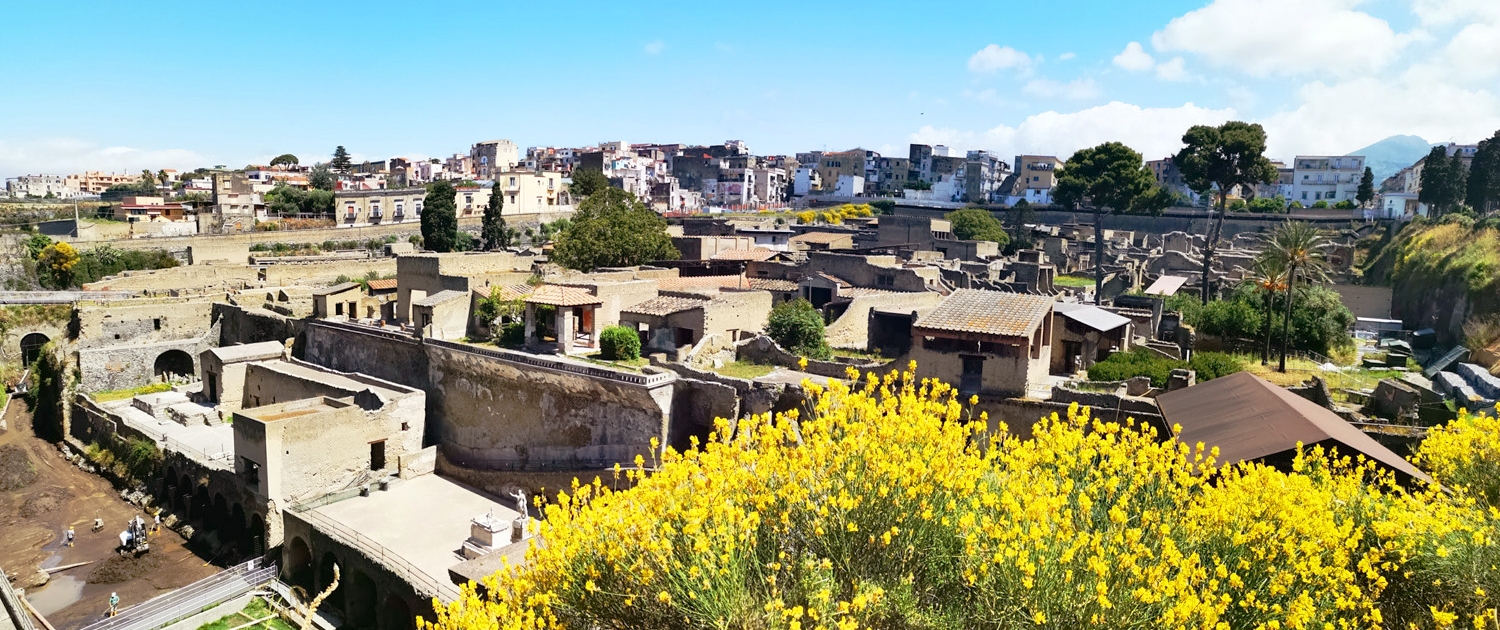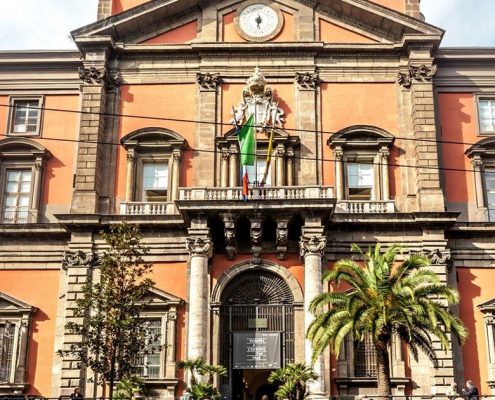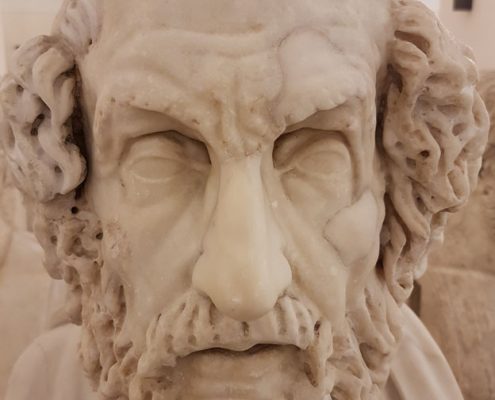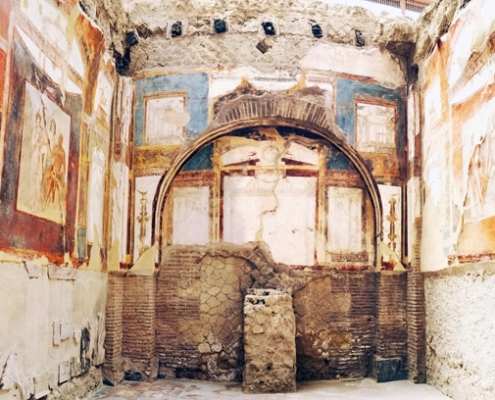Herculaneum and Naples archaeological museum tour with an archaeologist
Private Tour
(for up to 15 people)
Tour Duration
8/9 Hours
Tour Availability
All year long
Meeting Point
By the ticket office of Herculanum ruins
What makes this tour special?
Enjoy with a real archaeologist the visit of Herculaneum, one of the best preserved Roman archaeological sites in the world, and the National Archaeological Museum of Naples, one the largest museums in Europe.
A real archaeologist as private guide at your disposal is certainly a great value added to this “cultural experience”.
We have been organizing guided tours in our region for over 25 years: our experience is a guarantee of quality.
The National Archaeological Museum of Naples:
The National Archaeological Museum of Naples is considered the most complete artistic and historic museum because it offers a remarkable picture of the many aspects of the ancient Roman Civilization: the great art of the public and private life.
This important museum can be divided into three main sections:
- The Farnese Collection
- The precious art collections of Pompeii, Herculaneum, Stabiae and other Vesuvian areas
- donations and collections which were acquired later.
First, the Farnese collection that Charles of Bourbon inherited from his mother Elisabetta Farnese in 1731.
This collection includes beautiful statues found in Rome in the XVI century and now preserved in this museum.
Moreover, the discovery of Herculaneum in 1738 and Pompeii in 1748 allowed the discovery of an infinite number of works of art, from frescoes to statues, from day-to-day objects to several epigraphic finds.
Also, of great importance is the section of the frescoes – one of the largest in the world – and mosaics, statues, precious day-to-day objects.
Also famous is the Secret Cabinet, the collection of “obscene” artifacts documenting the ancient customs of eroticism subject.
Also interesting is the section dedicated to the Villa dei Papiri near Herculaneum, where archaeologists found a wonderful collection of statues, busts in bronze or marble and a lot of papyri, still readable two thousand years later.
Other interesting nucleus of this museum comes from various collections such as the Borgia collection, the Santangelo, Stevens, the Spinelli and many others.
Mosaics, frescoes and statues.
Experience the profound emotions when admiring the famous mosaic floors, such as the well-known mosaic of Alexander the Great, frescoes and statues discovered in Pompeii and Herculaneum. Worthy to note is also, from the Farnese collection coming from Rome; the vibrant statue of Hercules and that of the Punishment of Dirce and Secret Cabinet.
Secret Cabinet.
The Secret Cabinet is the name that the Kings of Naples gave to these reserved rooms where they collected various artifacts with erotic or sexual subjects as they came to light in the excavations of Pompeii and Herculaneum ruins.
In the XVIII century, access to these rooms was only allowed to people of mature age and of great moral values. Censorship had persisted until 1971 when the Ministry of Culture gave new rules to regulate requests for visits and access to this section. Our local, English-speaking guide will recount intriguing stories about the sexual lives of the Romans.
This post is also available in: Italian

